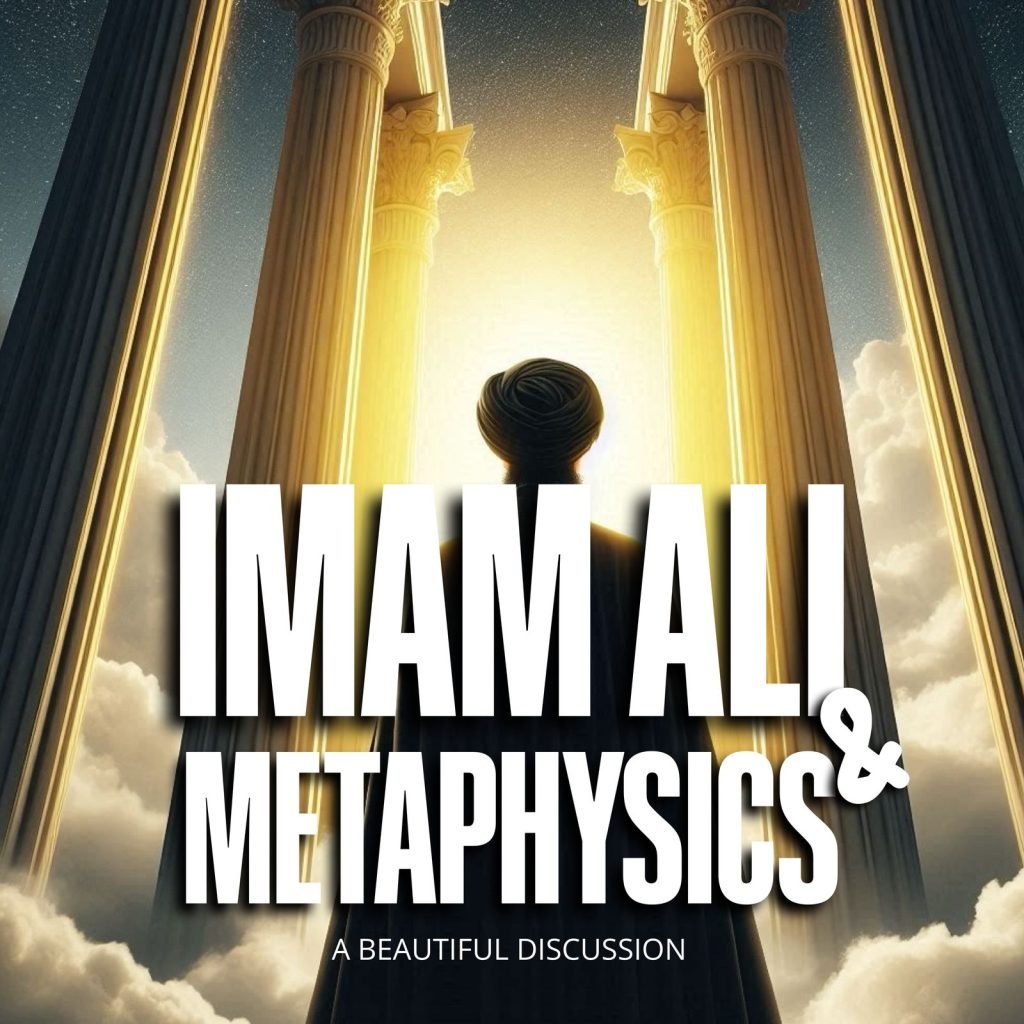Imam Ja’far al-Sadiq (as) is not only a revered religious figure but also a pioneer in the field of science, particularly chemistry. His teachings laid the foundation for one of the most transformative sciences in human history. Through his student, Jabir ibn Hayyan, Imam al-Sadiq (as) inspired a scientific revolution that shaped the course of chemistry and its applications in industry, medicine, and technology.
Imam al-Sadiq (as) and the Birth of Chemistry
During an era when chemistry as a formal science was unknown, Imam al-Sadiq (as) introduced its principles and methodologies. He inspired his students to explore the natural world, leading to groundbreaking discoveries. Among his most prominent students was Jabir ibn Hayyan, often referred to as the “Father of Chemistry.” Jabir authored over 500 works on chemistry and medicine, many of which were based on the teachings of Imam al-Sadiq (as).
One of the Imam’s (as) notable contributions was his explanation of the origins of metals. When asked about the origin of copper, he replied:
“Its origin is silver, unless the earth corrupted it. Who can bring out the inner corruption?”
This statement reflects a deep understanding of the transformation and purification of elements, a concept central to chemistry.
Jabir ibn Hayyan: The Pride of the East
Jabir ibn Hayyan, under the guidance of Imam al-Sadiq (as), made extraordinary contributions to chemistry. His experiments and theories laid the groundwork for modern chemical science. Some of his key achievements include:
- Discovery of Acids:
- Jabir was the first to extract sulfuric acid (H₂SO₄), which he called “oil of vitriol.”
- He also discovered nitric acid (HNO₃) and hydrochloric acid (HCl), essential reagents in chemical reactions.
- Chemical Reactions:
- Jabir observed the formation of silver chloride (AgCl) when table salt (NaCl) was added to silver nitrate (AgNO₃). This reaction is still studied in chemistry labs today.
- Extraction of Chemical Compounds:
- He extracted compounds such as potassium carbonate (K₂CO₃) and sodium carbonate (Na₂CO₃), which are used in soap-making, glass production, and fertilizers.
- Science of Al-Mizan (Balanced Equations):
- Jabir developed the concept of balancing the attributes of elements, a precursor to modern chemical equations. He categorized elements based on their properties, laying the foundation for the periodic table.
- Industrial Chemistry:
- Jabir explored the transmutation of metals, a concept that fascinated scientists for centuries. While the idea of turning base metals into gold was later debunked, his work paved the way for nuclear chemistry and the understanding of atomic transmutation.
The Legacy of Jabir ibn Hayyan
Jabir’s work influenced generations of scientists, including al-Razi, ibn Maskooya, and al-Jeldakee. His theories on transmutation, though initially dismissed as impossible, were later validated by modern science. In 1919, scientists successfully split nitrogen atoms, proving that elements could indeed be transformed. This discovery marked the beginning of nuclear chemistry and the realization of Jabir’s visionary ideas.
Dr. Muhammad Yahya al-Hashimi, a modern scholar, highlighted the significance of Jabir’s work in his book, “Imam al-Sadiq the Inspirer of Chemistry.” He noted that Jabir’s concept of the “elixir” might have referred to radioactive elements like radium, which have the power to transform matter at the atomic level.
Imam al-Sadiq’s (as) Role in Scientific Advancement
Imam al-Sadiq (as) not only inspired Jabir ibn Hayyan but also encouraged a culture of scientific inquiry among his students. His teachings emphasized the importance of observation, experimentation, and reflection. This approach laid the foundation for the scientific method, which is central to modern research.
The Imam’s (as) contributions to chemistry and other sciences demonstrate the harmony between faith and reason. His legacy reminds us that seeking knowledge is a sacred duty and that science, when pursued with integrity, can lead to profound advancements for humanity.
Lessons for Students
- Integration of Science and Faith: Imam al-Sadiq’s (as) teachings show that scientific exploration is not separate from religious devotion but a means to understand the Creator’s wisdom.
- Curiosity and Innovation: His emphasis on questioning and experimentation encourages students to think critically and creatively.
- Ethical Science: The Imam’s (as) focus on purification and balance serves as a reminder to use scientific knowledge responsibly and for the betterment of society.
Conclusion
Imam al-Sadiq (as) stands as a towering figure in the history of science, particularly chemistry. Through his teachings, he inspired Jabir ibn Hayyan and countless others to explore the mysteries of the natural world. Their discoveries not only advanced human civilization but also demonstrated the profound connection between faith and science.
As students of science and seekers of knowledge, we are called to follow in the footsteps of Imam al-Sadiq (as) and his students, using our intellect and curiosity to uncover the secrets of the universe while remaining grounded in ethical and spiritual principles.
May we continue to draw inspiration from the legacy of Imam al-Sadiq (as) and strive to contribute to the progress of humanity through knowledge and faith. Ameen.
Taken form the book: The Life of Imam Ja’far Al-Sadiq Shaykh Baqir Sharif al-Qarashi




